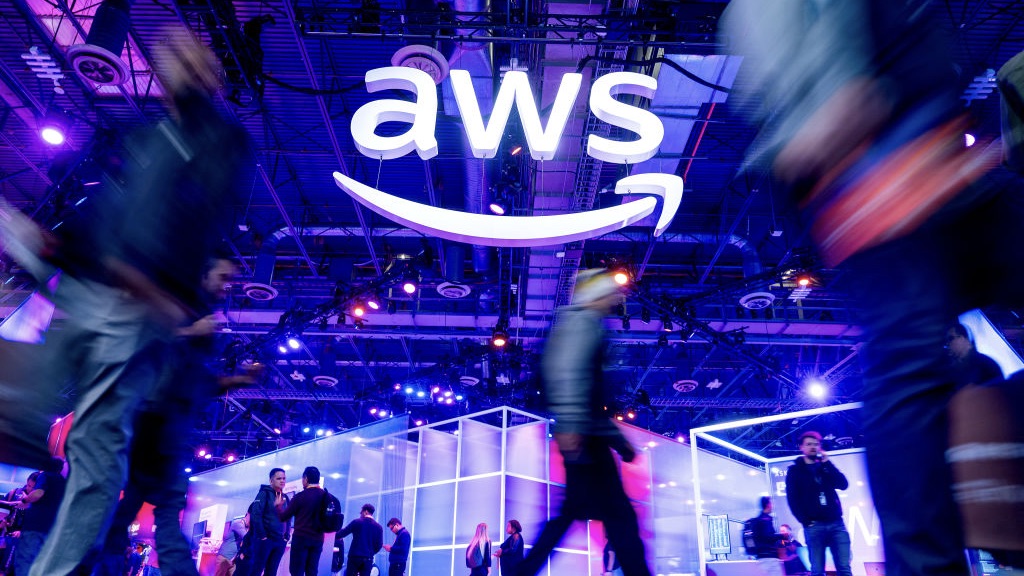
AWS has unveiled a new offering that will allow customers to allocate application costs to individual business units or teams based on the amount of resource being used by Kubernetes apps.
The tool, dubbed Split Cost Allocation Data, will provide “granular cost visibility” for the firm’s Elastic Kubernetes Service (EKS), enabling users to analyze and optimize Kubernetes applications, as well as chargeback cost and usage.
“You can’t simply allocate the cost of a resource, such as EC2 instance to a tag or label, because the EC2 instance may be running multiple containers, with each supporting a different application,” Shubir Kapoor and Mihir Surani said in a post last week. “The resources also may be attached to different cost centers around the organization.”
Citing a Cloud Native Computing Foundation (CNCF) report from 2023, AWS says the new capability will address the problem that almost 40% of businesses are being forced to estimate their Kubernetes costs, in lieu of effective data.
“Estimating how much resources your clusters will need is not an exact science,” Edith Puclla, technology evangelist at Percona, told ITPro. “The problem comes when you either try to apply a one size fits all policy for each container, which can be wasteful, or when you don’t go back and check that your initial assumptions were correct or not,” she added.
“Incorporating monitoring and automation tools can help dynamically adjust resources based on real time demand, reducing the necessity for constant manual adjustments.”
Split Cost Allocation Data is available to customers in all AWS commercial regions, excluding China, for no additional cost, the company has confirmed.
Cost visibility at the pod level
With AWS’ new platform, costs can be distributed at the “Kubernetes pod level,” meaning costs are based more accurately on the actual consumption of the CPU and memory utilized by individual pods.
It also provides granular information at the container level, creating cost efficiency within specific containerized applications, and providing a way for users to chargeback to business entities.
Once enabled, the tool scans a customer’s entire suite of Kubernetes pods, noting attributes such as namespace, node, and cluster, as well as CPU and memory requests.
Alternatively, the tool can glean metrics from a user’s Amazon Managed Service for Prometheus workspaces to assess pod-level costs – some of the metrics it could assess include split cost, unused cost, actual usage, and reserved usage.
“The visibility of EKS cost data provides insights to improve efficiency and cost optimization,” Kapoor and Surani said.
Other players in the Kubernetes cost game
AWS’ announcement comes at a time when other market players are beginning to offer similar cost analysis tools.
KubeCost, an alternative Kubernetes cost-monitoring platform, was announced at Kubecost 2.0 earlier this year. The company, which aims to put open source “at the center” of its business model, unveiled a raft of new features in this announcement, including machine learning-based (ML) spending forecasts and automated workflows dubbed Kubecost Actions.
While both Kubecost 2.0 and AWS’ new cost allocation platform have comparable features, Kubecost does have the added benefit of integrating with other major cloud provider environments such as Microsoft’s Azure or Google Cloud Platform (GCP).












